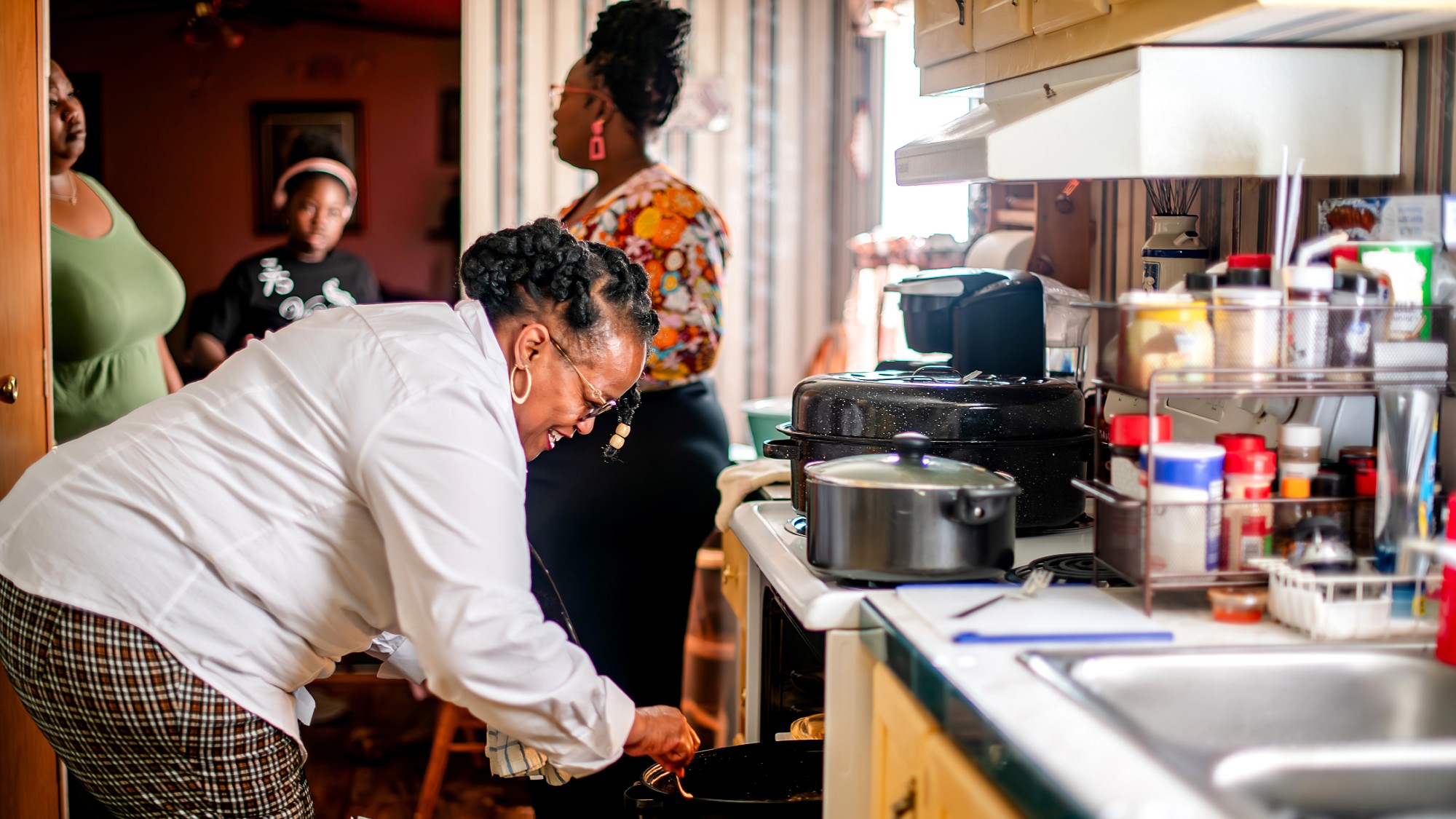Exhibition of the week
Lucian Freud: The Painter’s Etchings
Lucian Freud:
The Painter’s Etchings
Museum of Modern Art, New York
The Week
Escape your echo chamber. Get the facts behind the news, plus analysis from multiple perspectives.

Sign up for The Week's Free Newsletters
From our morning news briefing to a weekly Good News Newsletter, get the best of The Week delivered directly to your inbox.
From our morning news briefing to a weekly Good News Newsletter, get the best of The Week delivered directly to your inbox.
Through March 10
The painter grandson of Sigmund Freud cares less about searching for hidden meanings than about letting it all hang out, said Dan Bischoff in the Newark, N.J., Star-Ledger. Long considered Britain’s finest portraitist, the 85-year-old Freud painstakingly “builds his pictures by wattle, dewlap, wrinkle, and pucker, each adding a brushstroke to the one before, so that the image is like a great pile of clothes that threatens to topple over.” A new exhibition at the Museum of Modern Art brings together more than 20 Freud paintings from the past half-century, but its main attraction are nearly 70 etchings by the artist, many depicting the very same individuals as their subjects.
“You probably wouldn’t want to be immortalized by Lucian Freud,” said Ariella Budick in Newsday. The artist’s preoccupation with the physical flaws of his subjects frequently isn’t just an effort to reach for realism. Often his portraits tip over into the grotesque. “Wandering through this virtual freak show, it’s hard to know if this is how Freud really sees, or if some ineluctable hostility drives his brush.” His etchings are, if anything, even more stark, abstract, and cruel. “Freud has become a sucker for ugliness,” which seems to be part of the attraction of his work for many fans. But this relentless exaggeration of the negative limits him as an artist.
Freud isn’t really cruel, said Roberta Smith in The New York Times. He’s merely capturing the ruthlessness of time itself, “the cruelty of light,” and the burden that a human body can become. His paintings, almost all of which depict people he knows well, are “the painterly equivalent of tough love.” Flesh, bone, folds of skin: This is what age looks like. The etchings here are like X-rays of the paintings. “The best show us sides of the image, like scaffoldings that have been partly draped with nets—often hallucinatory patches of lines, gouges, hatching, and crosshatching.” And not all the works are relentlessly bleak. Three recent portraits of men, made since 2005, “suggest that something both softer and grander is creeping into” the art of this already acknowledged master.
A free daily email with the biggest news stories of the day – and the best features from TheWeek.com
-
 7 bars with comforting cocktails and great hospitality
7 bars with comforting cocktails and great hospitalitythe week recommends Winter is a fine time for going out and drinking up
-
 7 recipes that meet you wherever you are during winter
7 recipes that meet you wherever you are during winterthe week recommends Low-key January and decadent holiday eating are all accounted for
-
 Nine best TV shows of the year
Nine best TV shows of the yearThe Week Recommends From Adolescence to Amandaland
-
If/Then
feature Tony-winning Idina Menzel “looks and sounds sensational” in a role tailored to her talents.
-
Rocky
feature It’s a wonder that this Rocky ever reaches the top of the steps.
-
Love and Information
feature Leave it to Caryl Churchill to create a play that “so ingeniously mirrors our age of the splintered attention span.”
-
The Bridges of Madison County
feature Jason Robert Brown’s “richly melodic” score is “one of Broadway’s best in the last decade.”
-
Outside Mullingar
feature John Patrick Shanley’s “charmer of a play” isn’t for cynics.
-
The Night Alive
feature Conor McPherson “has a singular gift for making the ordinary glow with an extra dimension.”
-
No Man’s Land
feature The futility of all conversation has been, paradoxically, the subject of “some of the best dialogue ever written.”
-
The Commons of Pensacola
feature Stage and screen actress Amanda Peet's playwriting debut is a “witty and affecting” domestic drama.